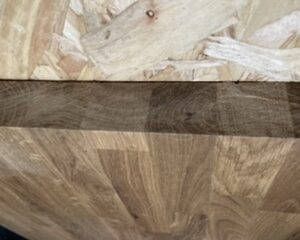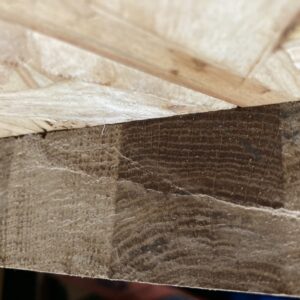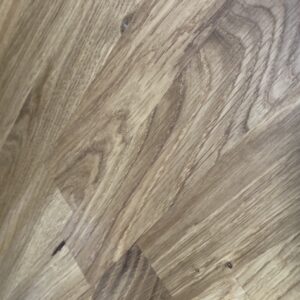It’s from an old counter top or something does anyone recognise what wood it might be and if it’ll be any good for chopping boards ? Thanks in advance
Discussion Forum
Get It All!
UNLIMITED Membership is like taking a master class in woodworking for less than $10 a month.
Start Your Free TrialCategories
Discussion Forum
Digital Plans Library
Member exclusive! – Plans for everyone – from beginners to experts – right at your fingertips.
Highlights
-
Shape Your Skills
when you sign up for our emails
This site is protected by reCAPTCHA and the Google Privacy Policy and Terms of Service apply. -
 Shop Talk Live Podcast
Shop Talk Live Podcast -
 Our favorite articles and videos
Our favorite articles and videos -
E-Learning Courses from Fine Woodworking
-
-
















Replies
My guess is beech. If it was a countertop is should be fine for a cutting board. It's more open-grain than I would choose to start out with but nothing to stop you.
Thanks for reply
On my iPhone’s small screen it doesn’t look like beech, looks like oak. Whatever the species, if it was a countertop I’d be careful about using it as a cutting board unless you know it had a food-grade finish previously or you removed enough of the surface to eliminate it. You don’t want to add chemicals or bits of old finish to your food.
If I put it through a thickness planer and take a few millimetres of all sides that should take off any previous non food safe finishes wouldn’t it ?
I guess it would depend on what finish was on it, penetrating vs topcoat, and how deep it could penetrate. Open pore woods, like ref oak, would let the finish go deep, closed pore, like maple, wouldn’t go as deep. White oak, which your’s may be, is a mixed bag, it’s cells are closed, but it’s also got pores.
I was thinking one of the oaks.
Thanks for replying
We're headed into woodworking myth territory again... All finishes are "food safe" when completely cured.
Don't use the "m" word . . .
I hope you don’t mind if I’d prefer not to ingest a petroleum based oil or flakes of urethane in my food. But hey, eat what you want, and maybe have a cigarette afterwards. :-)
Bug secretions it is then!
Shellac for a cutting board? Um….. no.
What MJ said.
This could be a lot of hardwoods. Quite often less well behaved species are made into these engineered countertops.
It's unlikely to be a problem if used as a cutting board but as to provenance, that is much harder. Could even be off cuts of walnut.
As it was a countertop and probably manufactured to be a counter top it was likely finished to be food safe wouldn't you think?
Not true.
Slice off the ends, at whatever width you think would eliminate any finish residue, and then crosscut the board at the width you would like your cutting board to be. Glue the pieces with the fresh end grain up ( rotate each slice 90 degrees from the original orientation). You will have a nice end grain cutting board, ready to be finished with mineral oil and beeswax (combine the wax and oil and heat until the wax is melted, let cool to lukewarm and apply) or a commercial butcher block finish (which is mineral oil and beeswax).
Cheers
This forum post is now archived. Commenting has been disabled